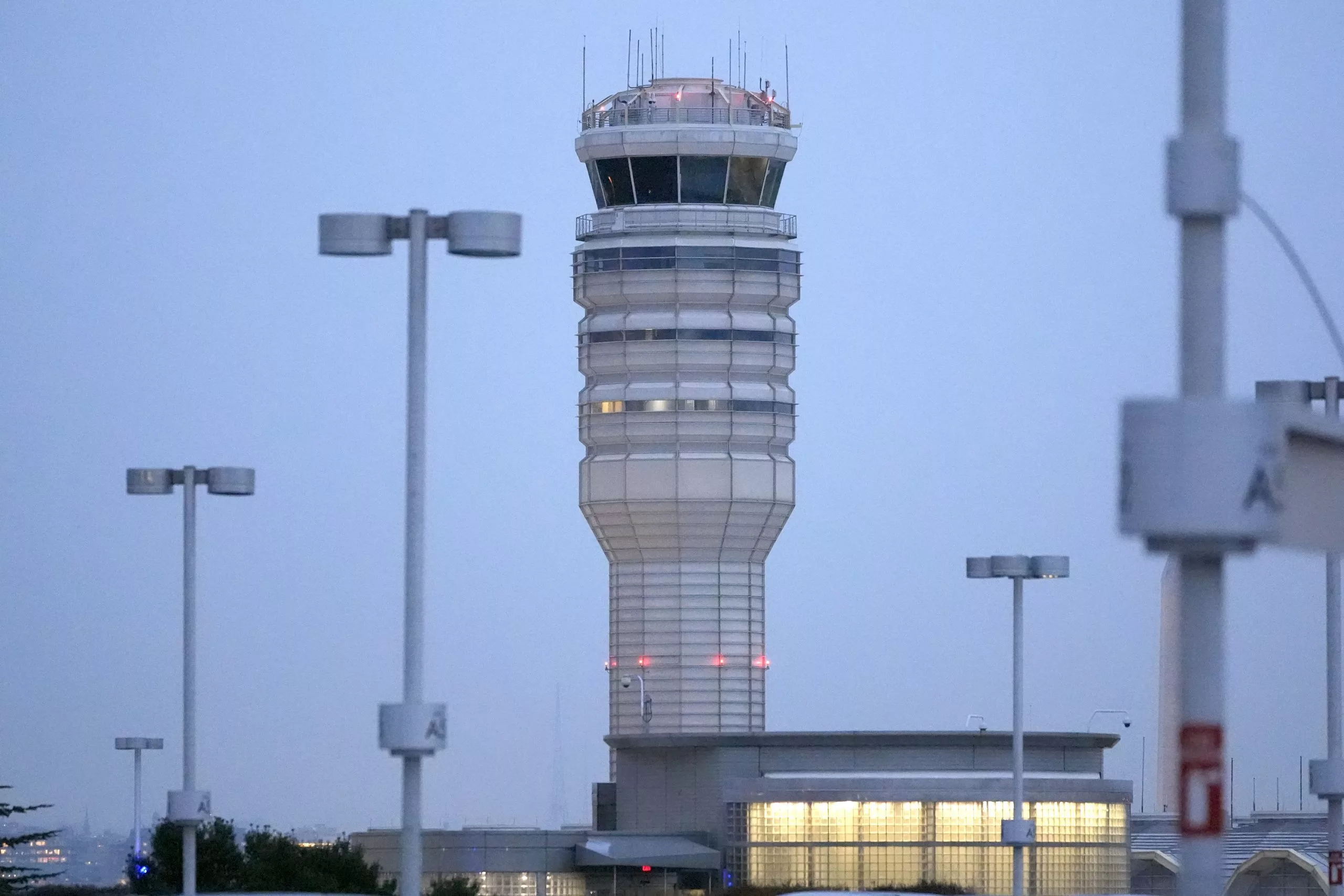Tens of thousands of planes take off, land and perform touch-and-goes at the Marana Regional Airport in southern Arizona every year. Without an air traffic control tower, it’s a calculated dance that requires communication by pilots.
Two small planes collided in midair over one of the runways on the outskirts of Tucson last week. One hit the ground and caught fire, sending up a plume of black smoke. The remains of two people were found in the charred wreckage. The other plane was able to land, with those occupants uninjured.
The collision was the latest aviation mishap to draw attention in recent weeks. The circumstances vary widely with each case, however, and experts who study aviation accidents say they don’t see any connection between them.
Chatter over the airwaves has provided some clues about what happened in Arizona. A chief flight instructor who was in the air with a student that day heard the commotion over the radio: One plane was attempting a touch-and-go when another clipped its propeller while attempting to land.
Erwin Castillo, who works for IFLY Pilot Training, recalled hearing one pilot scream: “Mayday! Mayday! Mayday! He just hit us.”
It will be up to federal investigators to determine what caused the crash, a detailed process that will take months.
While some observers suggest having a control tower may have made a difference, experts say not having a tower doesn’t mean the airport is any less safe; pilots just have a different set of communication procedures to follow.
Of the 5,100 public airports across the country, only about 10% have towers staffed by people who direct the flow of traffic. These are the busiest of airports, with complex operations and large volumes of commercial flights.
For the airports without control towers, pilots rely on radio communications and the principle of “see and avoid” to ensure they can maneuver safely. The concept is drilled into pilots from Day 1 of their training and it’s applicable regardless of the kind of airspace they’re in, said Mike Ginter, a retired Navy aviator and senior vice president of the Aircraft Owners and Pilots Association’s Air Safety Institute.
He likened it to being behind the wheel of a car and practicing all the safety rules learned in driver’s ed.
“You don’t have to tell the state police that you’re getting ready to drive to the supermarket to get groceries. You just go out, and you look both ways before you turn, and you turn on your turn signal and you drive,” he explained, saying there are basic tenets of safety that are ingrained in pilots.
The system has worked well, considering the sheer number of planes coming and going daily from small airports and the roughly 26 million hours of flight time logged by general aviation pilots.
It was a summer day in 1956 when two commercial flights left Los Angeles within minutes of each other — one en route to Chicago and the other to Kansas. Flying under visual flight rules, the planes collided over the Grand Canyon in Arizona, killing all 128 people aboard. The crash site is now a National Historic Landmark.
Even though U.S. air traffic had more than doubled since the end of World War II, it was this disaster that helped to fuel efforts to overhaul aviation safety.
Legislation was introduced in 1958 to create an independent federal agency that would provide for the safe and efficient use of national airspace. The bill was signed within months and the first Federal Aviation Agency administrator was appointed.
Responsibilities evolved, and the agency became the Federal Aviation Administration as air traffic control systems were being modernized.
Through the FAA, airports can apply for federal grants to modernize and build air traffic control towers that are staffed by private companies and contract workers, rather than FAA staff.
Nearly 180 airports nationwide are eligible for funding under the program, with most looking to upgrade existing towers — some that date back to the 1940s and others that were meant to be temporary.
A review of funding awarded through the program over the past four fiscal year shows a handful of airports were awarded money specifically for site studies, environmental work and construction of new towers. That includes airports in Bend, Oregon; Boulder City, Nevada; and Mankato, Minnesota.
In the case of Marana, the airport was first accepted into the program in 2019 but the coronavirus pandemic stalled efforts to get a tower built by the five-year deadline. Airport officials have said they now are on track to complete the project by 2029.
U.S. President Donald Trump issued a memo in late January to top transportation officials, ordering an immediate assessment of aviation safety following the midair collision of an Army helicopter and commercial passenger jet over the Potomac River in Washington, D.C. Sixty-seven people were killed.
Trump raised questions about hiring practices within the FAA, suggesting previous Democratic administrations had shifted away from merit-based hiring.
Some FAA jobs have been eliminated as Trump streamlines the federal workforce and looks to ferret out waste and curb spending, but less than 1% of the agency’s more than 45,000 workers were probationary employees targeted as part of the job cuts, federal officials have said.
In addition, the administration has said no air traffic controllers or critical safety personnel were fired as part of the effort. But labor and industry groups say even without cuts, air traffic control towers were already understaffed.
Trump has said that he would support legislation aimed at modernizing the nation’s air traffic control system. In a letter sent to members of Congress last week, the industry group Airlines for America pushed for emergency funding for critical air traffic control technology and infrastructure as well as air controller staffing and training.
___
Associated Press writer Sejal Govindarao in Phoenix contributed to this report.
Brought to you by www.srnnews.com








